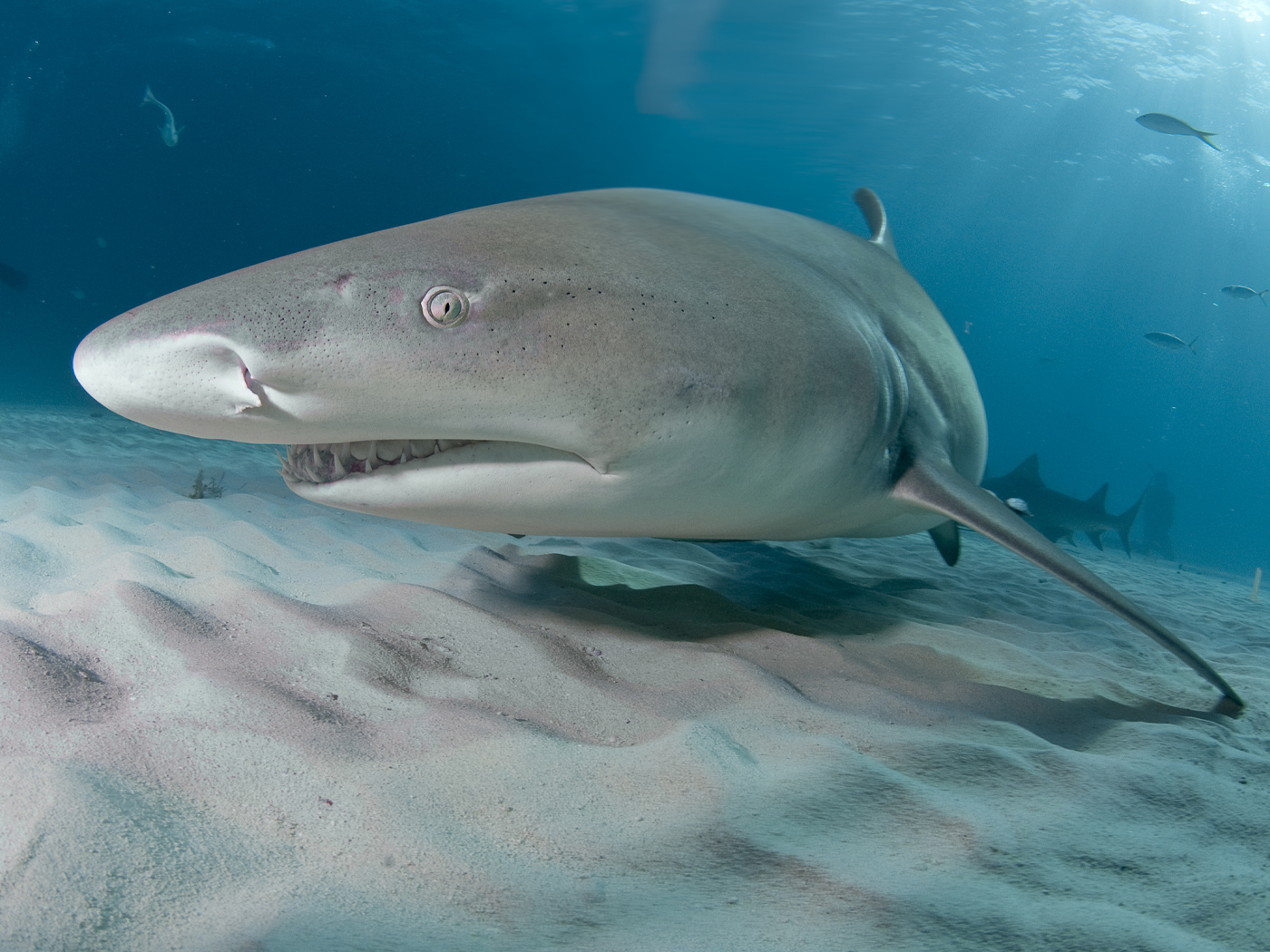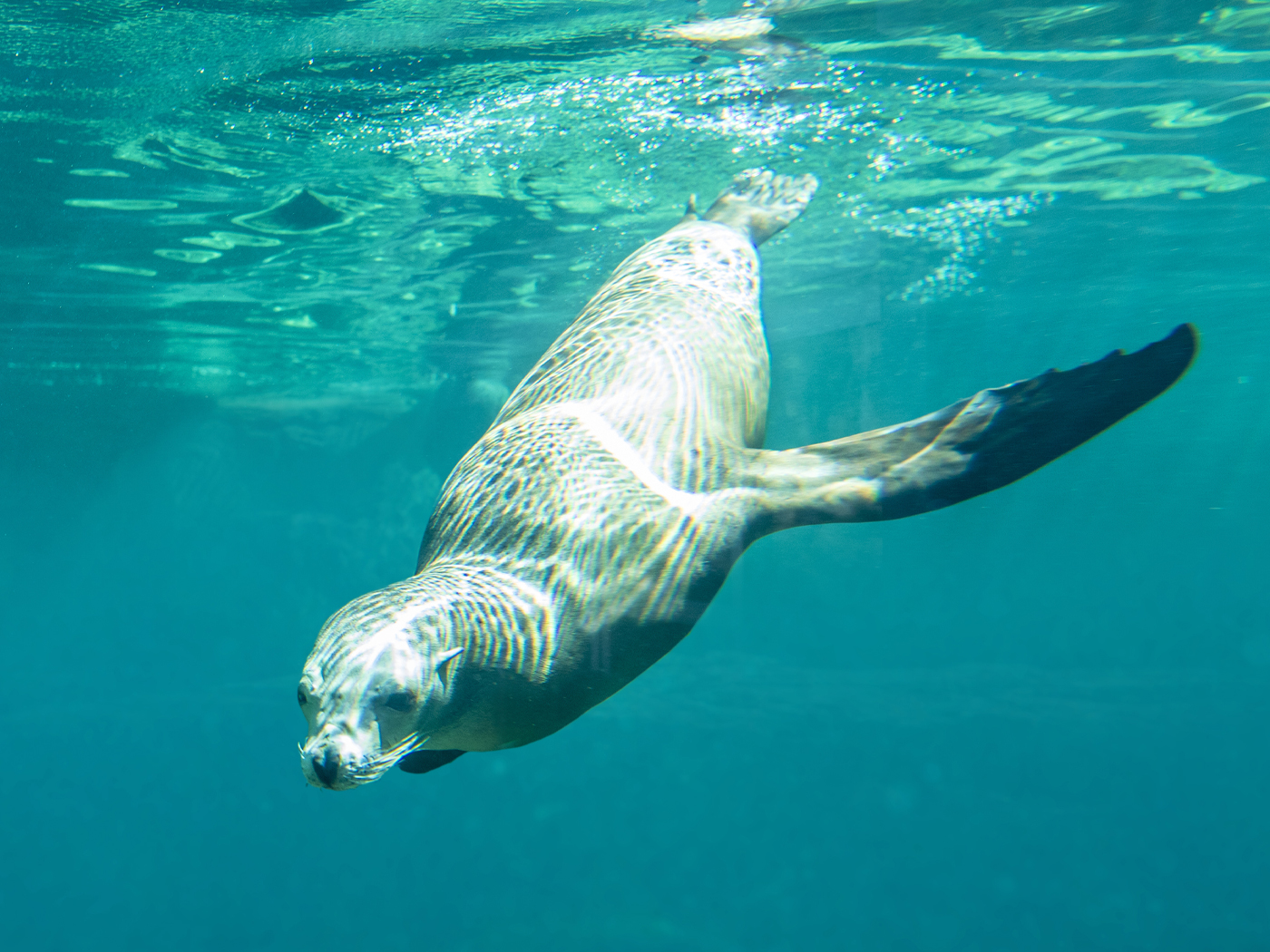Publishing in the Proceedings of the National Academy of Sciences, four scientists affiliated with institutions from four different countries used laser light to reveal new features on a pterosaur fossil. This fossil came from the same German limestone made famous by the Archaeopteryx fossils over a century ago.1
They used laser-stimulated fluorescence (LSF) on the pterosaur. This technique reveals different materials that make up a fossil. For example, limestone and bone fluoresce at different wavelengths in response to the same laser light. Like other fossils described in scientific literature, this one showed cream-colored fluorescence from bone tissue and blue-black from the surrounding limestone. But a third color indicated another substance that led to a discovery.
Pterosaur shoulder muscles fluoresced pink under LSF. The team did no chemical investigation into the nature of the soft tissues that they imaged. Prior studies have detected feather proteins in Solnhofen bird fossils, so it stands to reason that muscle remnants still rest inside this stone-encased carcass.2
Birds, bats, and airplanes use smoothing contours where the wing attaches to the body. Birds round this area using feathers, bats streamline it with fur, and most airplanes use shaped metal. It even has a name: the wing root fairing. The pterosaur study authors noted that the pterosaur shoulder musculature took the same aerodynamic shape. They wrote,
We interpret the imaged soft tissue making up the fairing as being primarily composed of skeletal muscle because the forewing (brachium) muscle also shows pink fluorescence. The fairing streamlined the contours of the wing root created by the brachium musculature bulging outside the planar contour of the wing membrane.1
They further wrote that “not all shapes change airflow in a desirable way,” and “For manufactured aircraft, engineers work to minimize drag effects by creating streamlined aerodynamic profiles, including the addition of aerodynamic ‘fairings’ to smooth shapes and joints on the aircraft.”1
This means that the fairing must have a specified shape for it to reduce drag at the point where the wings connect to the body. They found that the shape of these pterosaur muscles matched the specified shape of fairings in other well-engineered flyers. Who, then, was the engineer who worked to minimize drag effects by creating a streamlined profile for pterosaurs?
Without this muscular fairing, bulging pterosaur shoulder bones would have dragged through the air, making flight clunky or perhaps impossible. Instead, these laser-revealed muscles show yet another specification already in place for flight—as though an Engineer put it there in the beginning.
References
1. Pittman, M. et al. 2021. Pterosaurs evolved a muscular wing–body junction providing multifaceted flight performance benefits: Advanced aerodynamic smoothing, sophisticated wing root control, and wing force generation. Proceedings of the National Academy of Sciences. 118 (44): e2107631118.
2. Bergmann, U. et al. 2010. Archaeopteryx feathers and bone chemistry fully revealed via synchrotron imaging. Proceedings of the National Academy of Sciences. 107 (20): 9060-9065.
Stage Image Credit: Proceedings of the National Academy of Sciences. Adapted for use in accordance with federal copyright (fair use doctrine) law. Usage by ICR does not imply endorsement of copyright holders.
*Dr. Brian Thomas is Research Scientist at the Institute for Creation Research and earned his Ph.D. in paleobiochemistry from the University of Liverpool.













